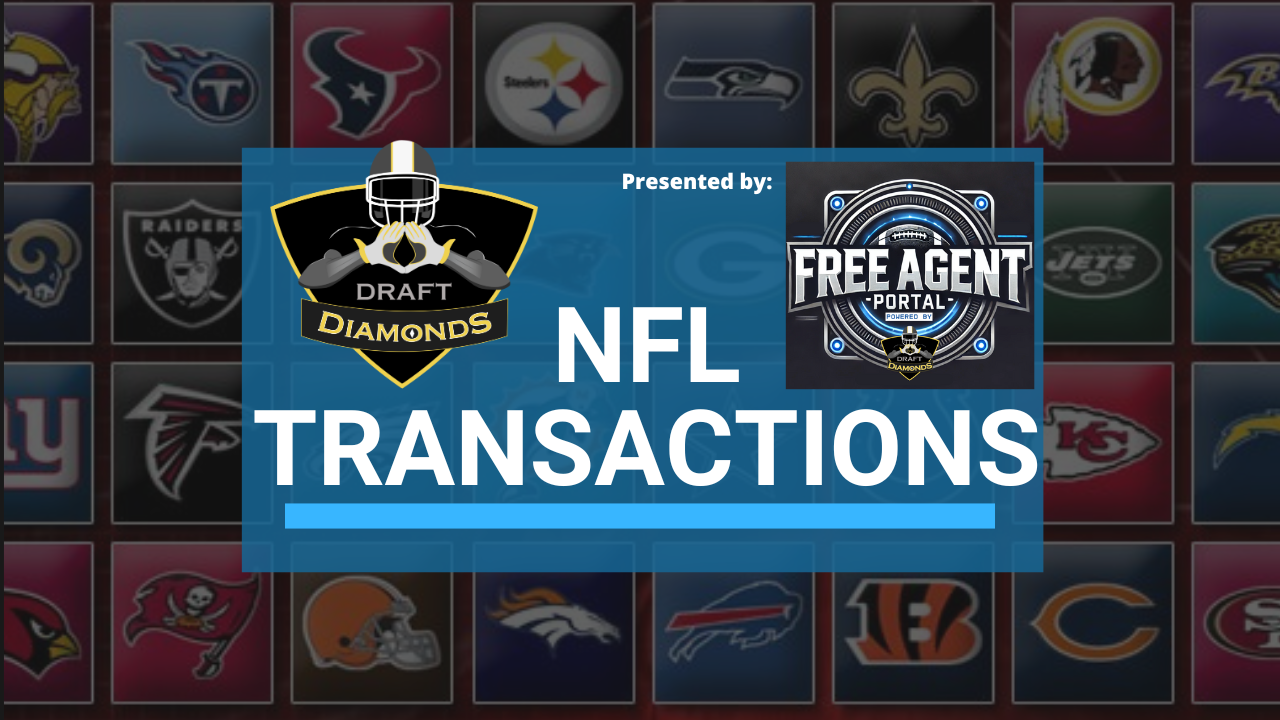Inflation is consistently in the news, especially when it contributes to rising grocery prices or other everyday costs. At its simplest, inflation is the rate at which prices increase over time.
Moderate inflation is common in healthy, growing economies. In these scenarios, wages tend to rise alongside prices, maintaining a balance in purchasing power (the amount of goods or services you can buy with your money).
However, when inflation accelerates, prices can outpace wages, meaning each dollar has less purchasing power, more noticeably than during periods of stable or slow inflation. Even a small increase in inflation can influence business pricing, consumer spending, and household budget management.
It’s also important to note that inflation doesn’t always show up as higher price tags. Sometimes companies respond to these rising costs by reducing the size or quantity of their products while maintaining the same prices — this is known as shrinkflation.
Even subtle changes can make it harder for consumers to immediately recognize the full impact of inflation on their budgets.
Measuring inflation
Economists measure inflation using tools like the Consumer Price Index (CPI) and the Producer Price Index (PPI), both published by the Bureau of Labor Statistics. Each offers a different perspective on how prices are changing.
Consumer Price Index (CPI)
The Consumer Price Index tracks the average change in the prices of a set group of goods and services, including food, rent, health care, and transportation.
The CPI, the most widely used measure of inflation, helps economists understand trends in the cost of living. When the CPI goes up, it means everyday expenses are rising for most households.
For example, if the CPI shows the cost of a grocery basket increasing by 3% year-over-year, consumers are generally paying 3% more for the same essential groceries than they did a year ago. What might have cost $100 to purchase last year costs $103 today.
Producer Price Index (PPI)
The Producer Price Index tracks the change in prices domestic sellers receive for goods and services over time. It focuses on the supply side of the economy, capturing costs before they reach the consumer. Changes in the PPI can signal future shifts in consumer prices.
For example, if the PPI indicates rising steel or lumber costs, economists might expect manufacturers to pass those increases on to customers by hiking prices on cars or new homes.
Causes of inflation
There are three main types of inflation, each driven by different forces:
- Demand-pull inflation occurs when demand outpaces supply. For e













